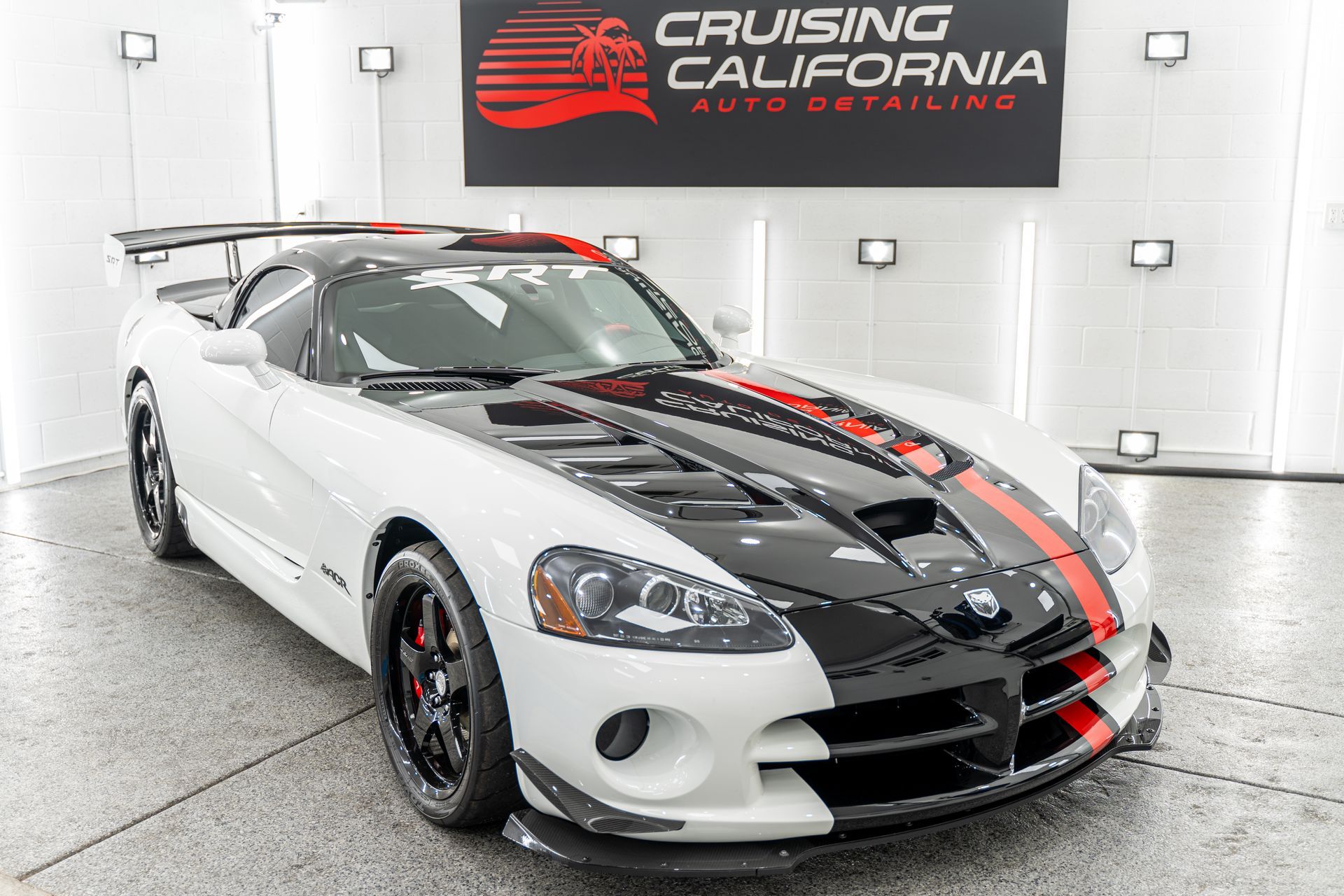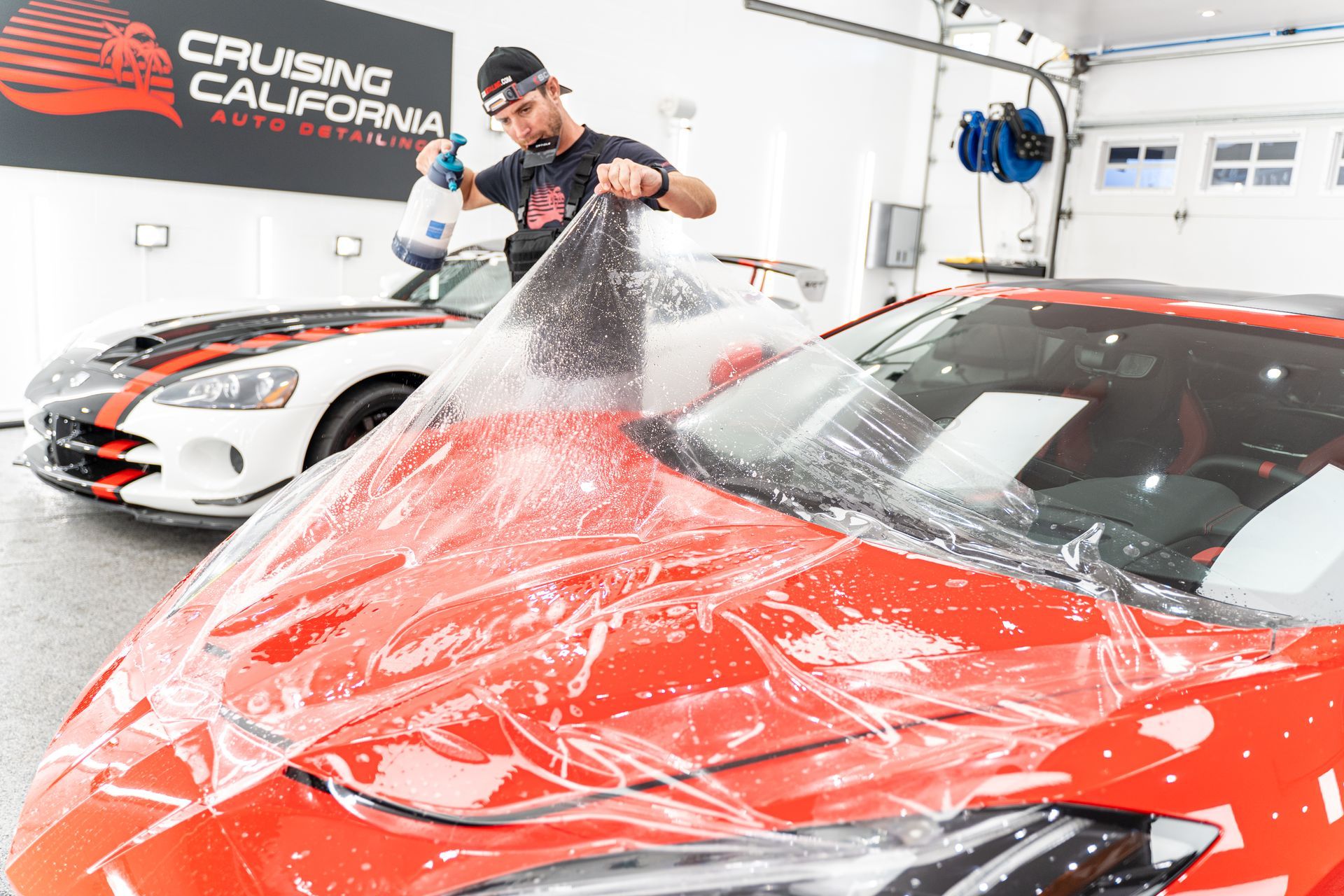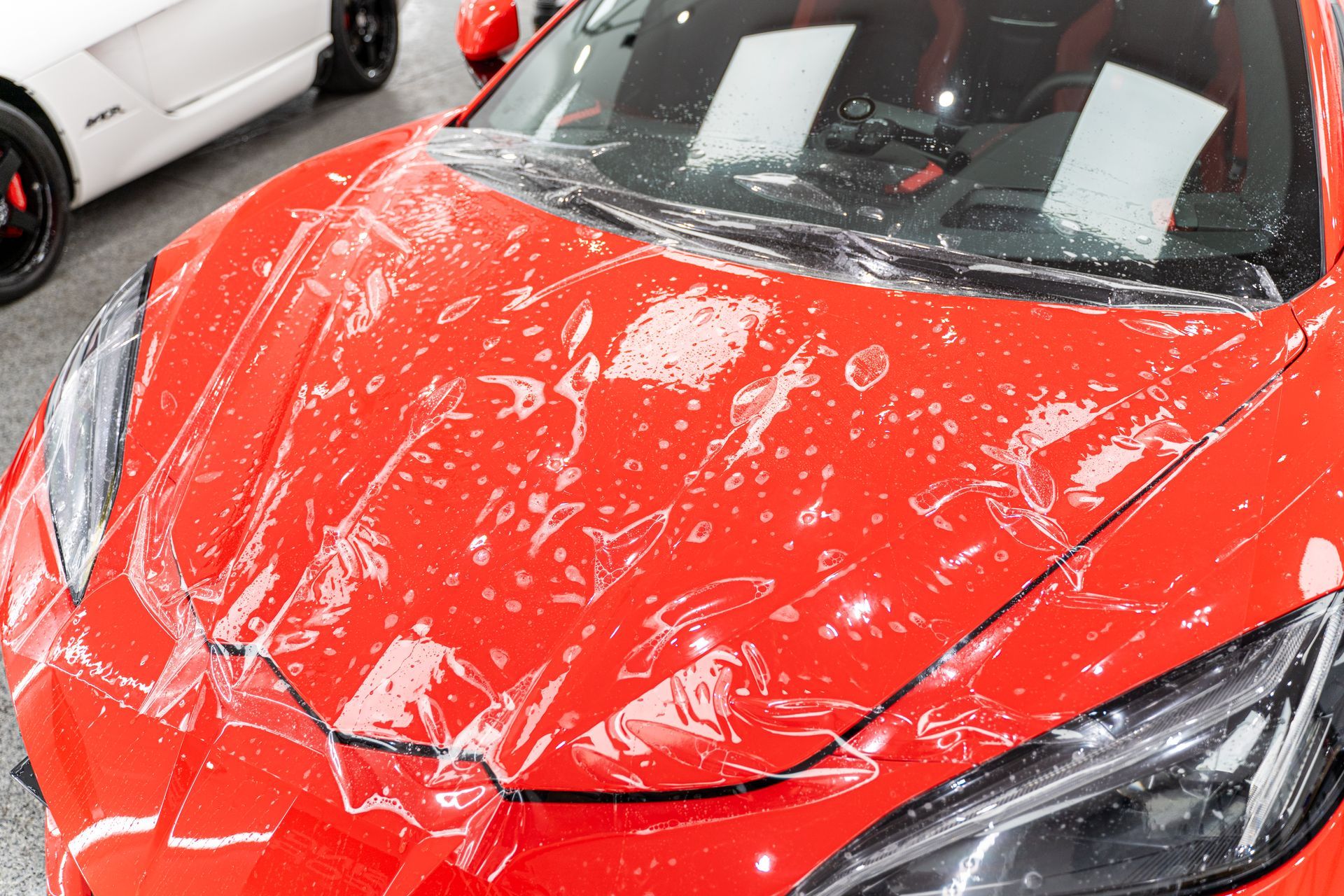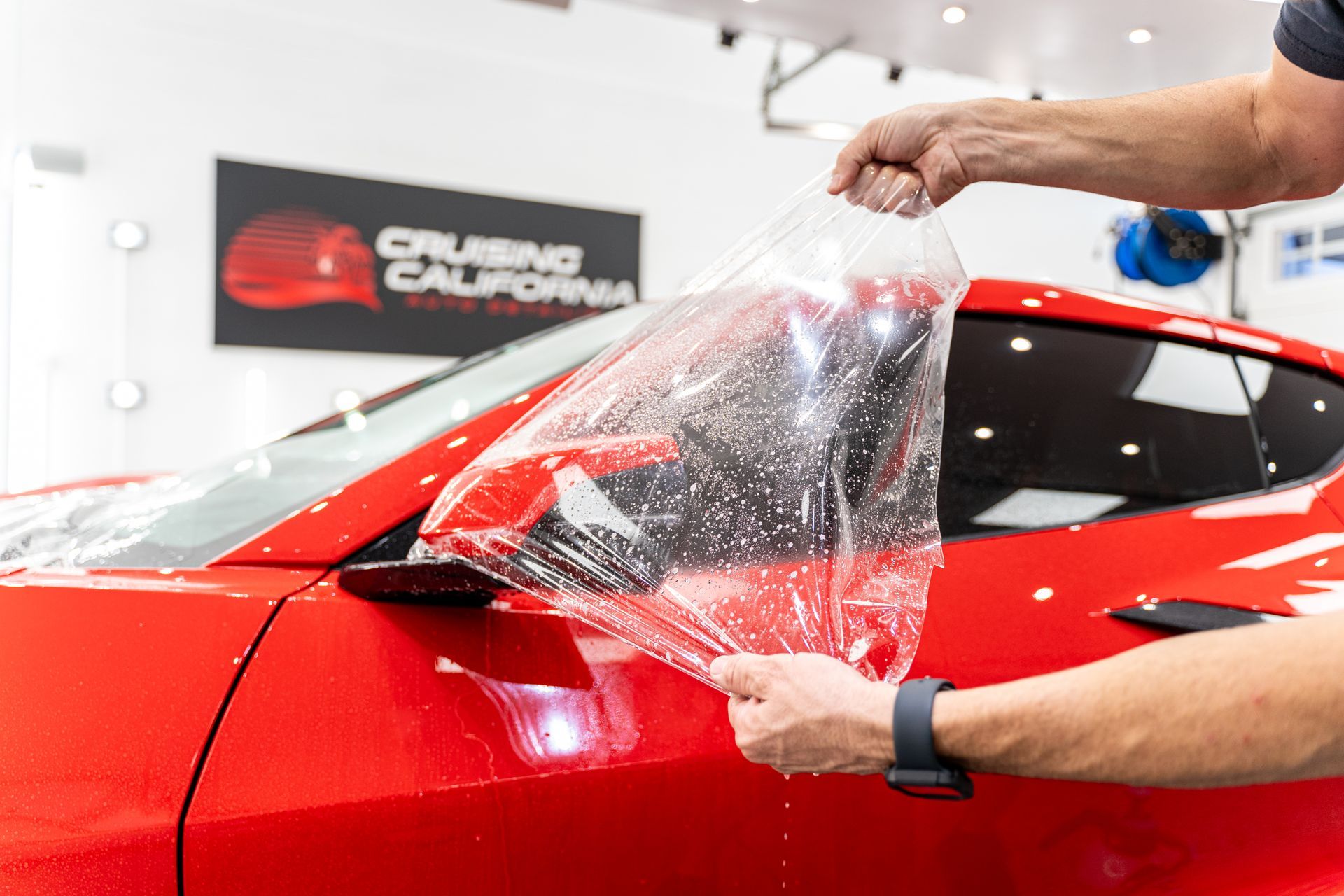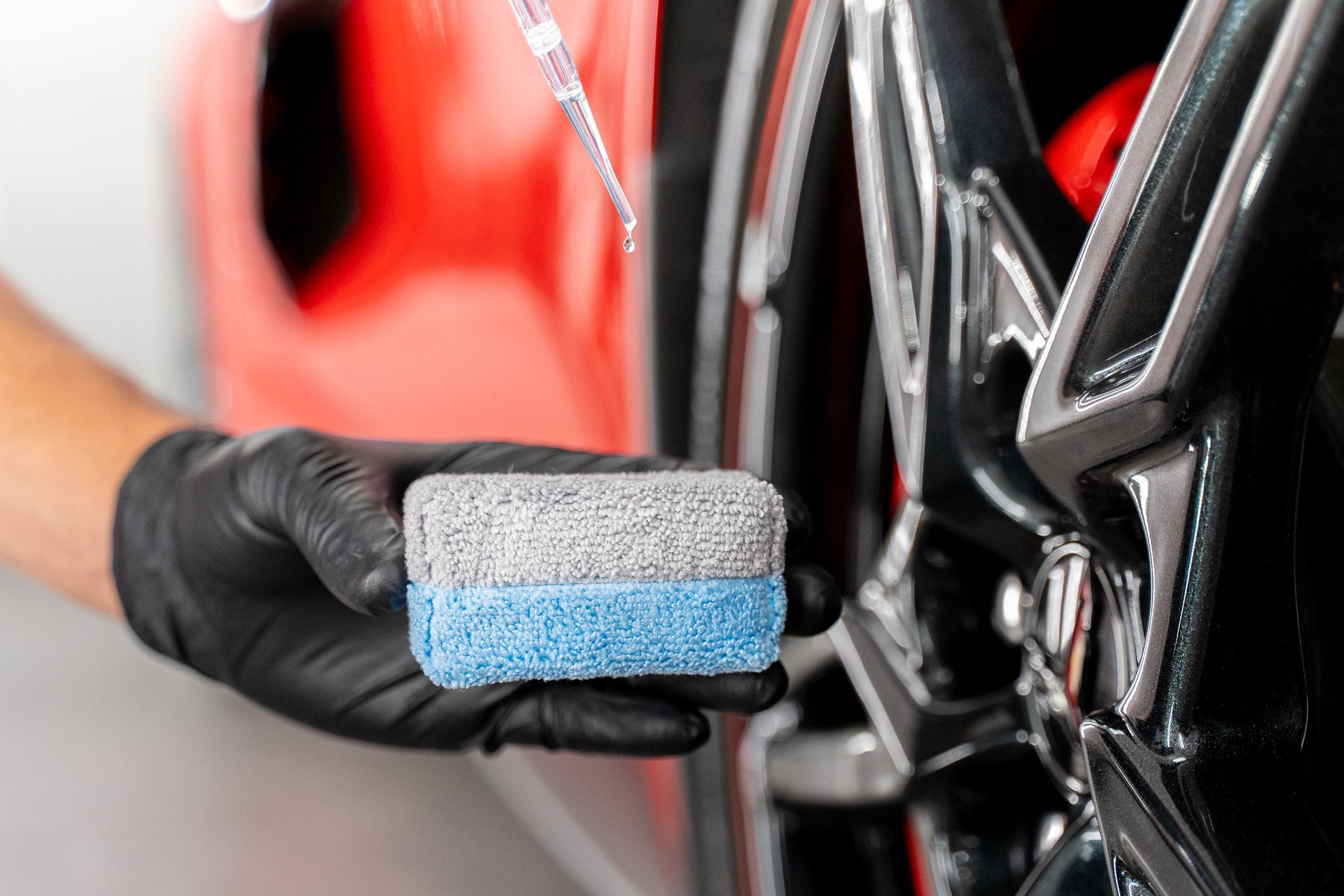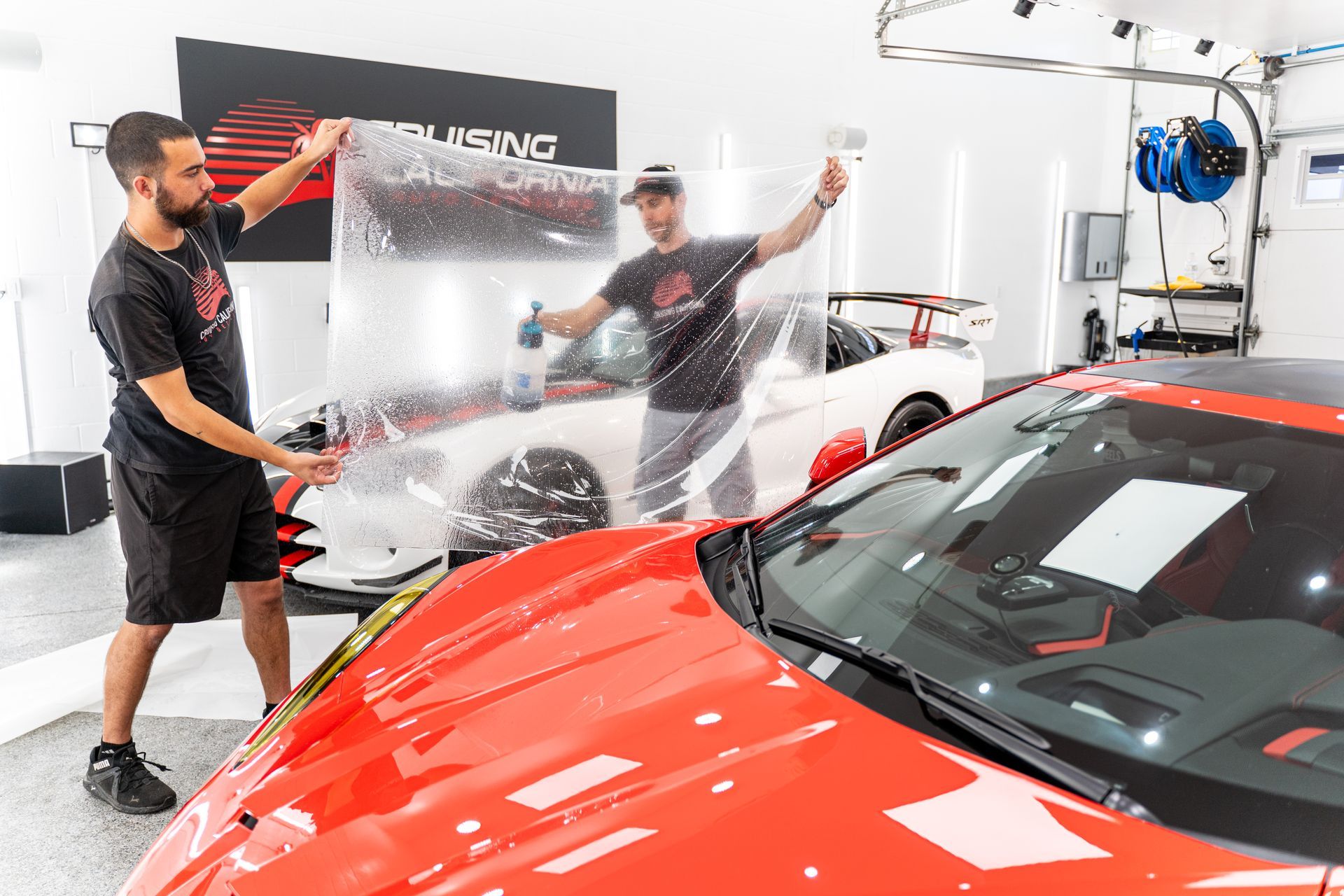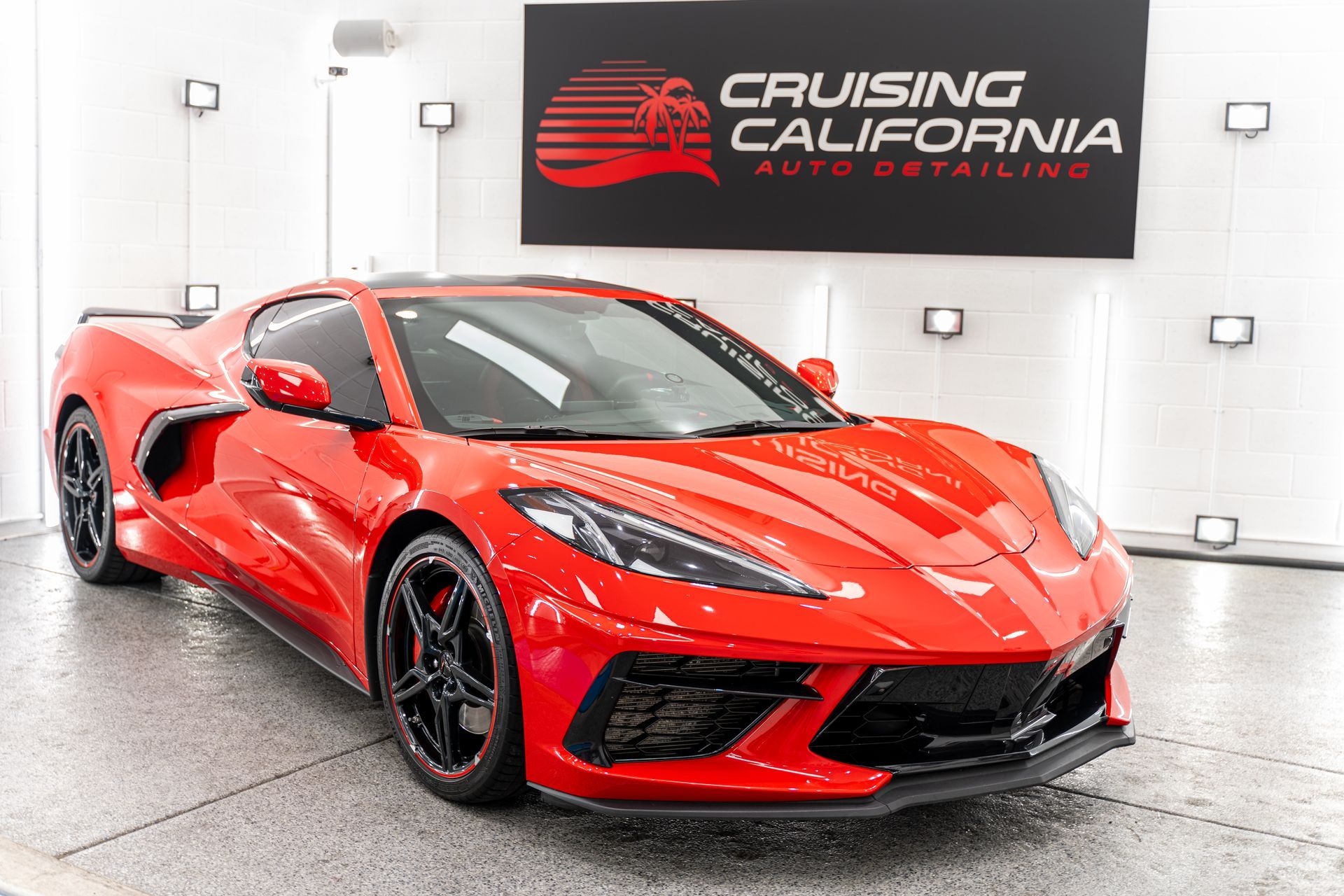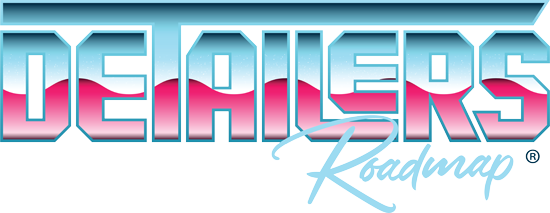Does Paint Protection Film Affect the Look of Your Car? Understand the Benefits
When you buy a car, it’s not just about getting from point A to point B; it’s about the pride of ownership and how good that ride looks as you cruise down the street. But what happens when that shiny paint starts to show signs of wear? Enter Paint Protection Film (PPF), a clear shield designed to keep your car looking fresh. Some swear by it for maintaining their car's appearance, while others wonder if it dulls their vehicle's luster. This article dives into whether PPF impacts the look of your car and what benefits come with this protective measure. Let's explore what many car owners discover: the balance between beauty and brawn in automotive care!
Yes, installing Paint Protection Film can impact the look of your car, as some users report that it can create a "wave" reflection effect similar to looking through clear glass, potentially making the paint's luster appear less vibrant. However, personal experiences vary; some individuals may not notice a significant difference in aesthetics after installation, suggesting subjective perceptions play a crucial role in this evaluation.
Exploring Paint Protection Film
At its core, Paint Protection Film (PPF) is more than just a clear cover for your car; it’s a meticulous solution crafted to guard your vehicle against the rigors of daily use. Typically composed of polyurethane or similar polymers, PPF possesses remarkable durability and flexibility, making it adept at absorbing impact from road debris, scratches, and even minor collisions. Imagine driving along a gravel road or enduring the occasional runaway shopping cart—these are scenarios where PPF shines bright.
Characteristics of PPF
One standout feature of high-quality PPF products is their self-healing properties. Picture this: Your car has just kissed a bush while navigating a narrow street. Normally, you’d brace yourself for a scratch. However, with self-healing PPF, that minor blemish may disappear when exposed to heat from the sun or even the warmth of your hand! This characteristic adds not only to the longevity of the film but also minimizes maintenance efforts on your part.
Understanding how thickness plays into protection is equally crucial; for instance, PPF usually ranges between 6 mil to 10 mil. A “mil” refers to one-thousandth of an inch, meaning that even the thickness of the film can play a vital role in overall protection. Thicker films generally offer enhanced resistance against abrasions and tears, which is particularly beneficial for vehicles frequently exposed to harsh elements.
Think about it: If you've invested significantly in your vehicle's aesthetics and functionality, wouldn’t you want to ensure that beautiful finish stands the test of time? PPF acts as a barrier against harmful UV rays as well, blocking up to 99% of them. This level of protection is crucial because prolonged sun exposure can lead to fading and oxidation, ultimately degrading your car’s paint surface. This comprehensive shield makes an insightful choice for anyone considering long-term vehicle care.
It’s important for potential buyers to assess just how much they value both aesthetic appeal and protective measures. While some users on platforms like Reddit express concerns regarding slight alterations in visual brilliance due to the film’s presence—comparing reflections between cars with and without PPF—the consensus remains that the protective advantages outweigh this subjective downside.
The choice of high-quality film can enhance shine through its gloss levels, which often exceed 90%. As you contemplate these insights, think about how you want your vehicle to look and perform over time. It’s vital to explore how these aspects contribute to the overall appearance and functionality you desire for your vehicle. This line of thought leads us into a deeper exploration of how various factors influence automotive aesthetics alongside protective solutions. Let's examine what really shapes our perception of car appearances.
Impact on Car Appearance
One prevailing question among car enthusiasts is whether PPF alters the vehicle's aesthetics—or if it preserves them. As anecdotal evidence suggests, many car owners feel that their vehicles without PPF tend to exhibit more lustrous reflections, accentuating a shiny and polished look. This phenomenon isn't just a myth; some users on platforms like Reddit have pointed out that cars without PPF often seem to capture light better, contributing to a more vivid and appealing gloss.
However, it's noteworthy that this perception varies from person to person. According to a survey conducted by AutoPaintTech, 62% of car owners felt that PPF did not significantly change their vehicle’s appearance, but 38% noticed some differences—perhaps indicating differing sensitivities to such aesthetic shifts. When considering the characteristics of PPF, the physical properties come into play. For instance, high-quality PPF is designed to be optically clear, maintaining a light transmittance of over 90%. This means that while it might offer some protective benefits, it also strives to ensure minimal impact on the color and gloss of your paintwork. The gloss level of PPF can range between 80% to 95%, presenting a subtle balance—it can either enhance or maintain the car's original shine.
It's important to consider that PPF is typically around 6 to 8 mils thick (0.006 to 0.008 inches). While this thickness offers excellent protection against scratches and UV damage, it can slightly alter the surface texture and potentially influence light reflection. However, many users report this alteration being minimal, allowing for the original beauty of their vehicles to shine through. Besides aesthetics, we should explore how consumers perceive the trade-offs between beauty enhancement and the legislative protection offered by PPF.
There's an ongoing debate about whether the visual appeal of a vehicle should take precedence over its protection. Some automotive enthusiasts argue that sacrificing a slight decrease in gloss for long-term durability is a no-brainer. After all, if you’re planning to keep your vehicle for many years, maintaining its integrity should factor heavily into decision-making. Protection films can help reduce visibility of minor scratches up to an impressive 80%, which can enhance overall appearance while keeping paint fresh for longer periods—a significant consideration for any long-term owner.
Many users recommend installing PPF before facing harsh conditions such as winter weather. This practical advice stems from common experiences where salt and debris can wreak havoc on unprotected paint surfaces. By proactively applying PPF, car owners can ensure that their vehicle retains its pristine appearance despite environmental challenges.
When assessing if PPF is worth it, one must weigh both aesthetic impressions and protective benefits. The varying opinions highlight just how subjective beauty can be; what may seem slightly altered to one driver could be considered negligible—or even beneficial—to another. Understanding these nuances will empower potential buyers to make informed decisions aligned with their priorities, from preserving visual appeal to ensuring longevity for their investment. As we continue exploring this topic, it's essential to consider how different surface finishes impact aesthetics and maintenance needs.
Surface Types: Shiny vs. Matte
The type of finish on your vehicle plays a significant role in determining how effective PPF will be, both in terms of protection and visual appeal. When you look at shiny, glossy finishes, these surfaces tend to provide a striking visual depth. High-quality PPF can enhance this shine, giving the car that luscious 'wet' look which many owners admire. The reflective properties of shiny surfaces typically reflect around 80-90% of light, making them appear vibrant and full of life.
However, there’s a counterpoint to consider. Some critics argue that the application of PPF may introduce a slight orange-peel texture that detracts from the impeccable gloss of the original paint job. Personal experiences vary; opinions are often subjective when it comes to aesthetics.
The situation gets even more intriguing when we discuss matte finishes. Unlike glossy surfaces, matte finishes are designed to reflect less light—usually between 10-30%—resulting in a distinctive and subdued appearance. To address the needs of those with matte panels, specialized matte PPF options have been developed that preserve these unique non-reflective qualities while still providing robust protection against environmental damage. Users of this kind of film often report that it successfully maintains their vehicle's understated elegance while slightly increasing sheen.
This creates a trade-off between aesthetic integrity and protective features, leaving many potential buyers weighing their options. Understanding these differences not only helps consumers make informed choices but also highlights how the finish can impact overall longevity and satisfaction with the vehicle’s appearance post-installation. As we explore further, it's important to look into how these films are applied for optimal results.
Installation Methods
Understanding how PPF is installed is crucial for achieving optimal results, both in terms of aesthetics and protection. First off, it’s important to consider whether you will opt for a professional installation or tackle a DIY approach.
Professional vs. DIY Installation
Professional installers bring a wealth of experience and specialized tools that generally ensure a flawless finish with minimal flaws. Their expertise allows for precise placement, reducing the likelihood of bubbles or seams that could mar the surface of the film. However, this level of service often comes at a higher price.
On the other hand, choosing a DIY kit presents a more budget-friendly option, but it demands significant skill and careful attention to detail. Without proper technique, one can easily end up with an uneven installation, which can be visually unappealing and may diminish the protective qualities of the film. Many enthusiasts report that while DIY installations are satisfying, they require patience and practice to master the technique.
Wet vs. Dry Application
When considering installation methods, it's essential to understand the difference between wet and dry applications. Using a wet application involves applying a soapy water solution on the surface prior to laying down the film. This method allows for easier positioning and alignment as you squeegee out any trapped air bubbles afterward. This flexibility can be particularly beneficial for larger panels or complex curves where precise placement is crucial.
In contrast, dry applications leverage heat to stretch and position the film precisely against the vehicle's surface. This technique can lead to fewer creases since the heat helps to mold the film directly onto the shape of the vehicle. Yet, it requires careful handling – one misstep may result in permanent wrinkles in your PPF. Ultimately, both methods have their merits depending on your comfort level with installation techniques and familiarity with handling paint films.
Regardless of your choice in installation method, remember that proper technique is vital—not just for aesthetic appeal but also for ensuring longevity and effectiveness. With that in mind, exploring best practices for maintaining this protective layer becomes paramount.
Care and Longevity of PPF
Maintaining PPF is relatively straightforward, yet it's essential for maximizing its effectiveness and protecting your investment. When you apply PPF to your vehicle, you're creating a barrier between your car's beautiful paint job and the harsh elements it encounters daily. Regular maintenance should become part of your vehicle care routine.
Maintenance Tips
- Regular washing with a pH-balanced soap: Wash your car frequently using a pH-balanced automotive soap. This helps keep the PPF clean without damaging the film, preventing dirt and grime buildup that can lead to dullness over time.
- Avoiding abrasive cleaning tools: Softer is better when selecting cleaning tools. Avoid stiff brushes or abrasive sponges that could scratch the film. A microfiber cloth is an excellent choice for both washing and drying, as it gently lifts away contaminants.
- Periodically checking for and repairing any edges that start to lift: Life happens; sometimes, edges may begin to lift due to wear or impact. It’s wise to inspect the film regularly. If you notice any lifting edges, consider re-adhering them with specialized adhesive designed for PPF repairs.
Studies show that well-maintained PPF can last up to 10 years. While longevity is crucial, let’s also consider the practical benefits of maintaining your PPF beyond just preserving its appearance. The protective capabilities of PPF are truly impressive. Not only does it shield against unsightly scratches and rock chips, but consistent care ensures that it performs at its best. With proper maintenance, you'll benefit from enhanced resistance to various contaminants—not just road debris but also harmful elements like bird droppings and tree sap.
Additionally, PPF has self-healing properties; minor scratches often disappear when exposed to heat from sunlight or a warmth-generating tool like a heat gun. However, these self-healing capabilities work best when the film is clean and free from layers of dirt—another reason why regular washing is so important!
Keeping up with maintenance adds value beyond aesthetics—it's about protecting your investment in your vehicle long-term. Well-cared-for paintwork can significantly enhance resale value down the line; buyers appreciate meticulously protected vehicles. Understanding how to maximize the lifespan of your PPF through diligent care not only maintains visual appeal but also fortifies your vehicle's defense against myriad hazards encountered on the road, leading us to explore even more advantages in depth.
Advantages Beyond Looks
One of the most compelling advantages of PPF lies in its protective benefits. Imagine driving down a gravel road or navigating city streets, where the risk of rock chips and sudden debris is ever-present. PPF acts as a shield, absorbing impacts and safeguarding your car’s paint from unsightly blemishes caused by everyday wear and tear. This means you can enjoy your vehicle without the nagging worry of visible damages marring its appearance. Investing in this kind of protection will save you time, money, and headache when those unexpected incidents occur.
Why do rock chips matter? They can lead to rust that eats away at the underlying metal. By preventing this initial damage with PPF, you’re not only protecting the paint but also saving on potentially costly repairs down the line. Beyond mere physical protection, let’s consider the impact of PPF on resale value. Car owners often find that their vehicles equipped with PPF command higher prices when it comes time to sell or trade them in. A well-preserved exterior sends a signal to prospective buyers about how much care you've put into maintaining your investment. It serves as tangible evidence of the condition of the vehicle; less risk of surface scratches means greater value, influencing their decision positively.
Interestingly, some users on forums like Reddit have shared anecdotes highlighting that cars with protective films don’t just look good—they appear almost brand new even after years of use. Vehicles that boast high-quality paintwork often return sales values up to 15% higher than similar vehicles without PPF. Such numbers make it difficult to overlook the potential return on investment, especially for those who thrive on caring for their possessions. With these notable advantages in mind, the discussion naturally moves toward whether investing in such protective measures makes sense for individual car owners based on their needs and circumstances.
Unmatched Paint Protection Film Services in El Cajon, CA
At CCA Detailing & Ceramic Coating | PPF, we offer premium paint protection film services that keep your vehicle looking flawless and well-protected. Our expert team applies high-quality PPF that shields your car from road debris, scratches, and environmental damage, preserving its appearance for years. Whether you drive a daily commuter or a luxury car, our paint protection film will keep your investment looking like new. Visit us in El Cajon to experience professional installation and unmatched protection for your vehicle. Your car deserves the best – give it the defense it needs today!

